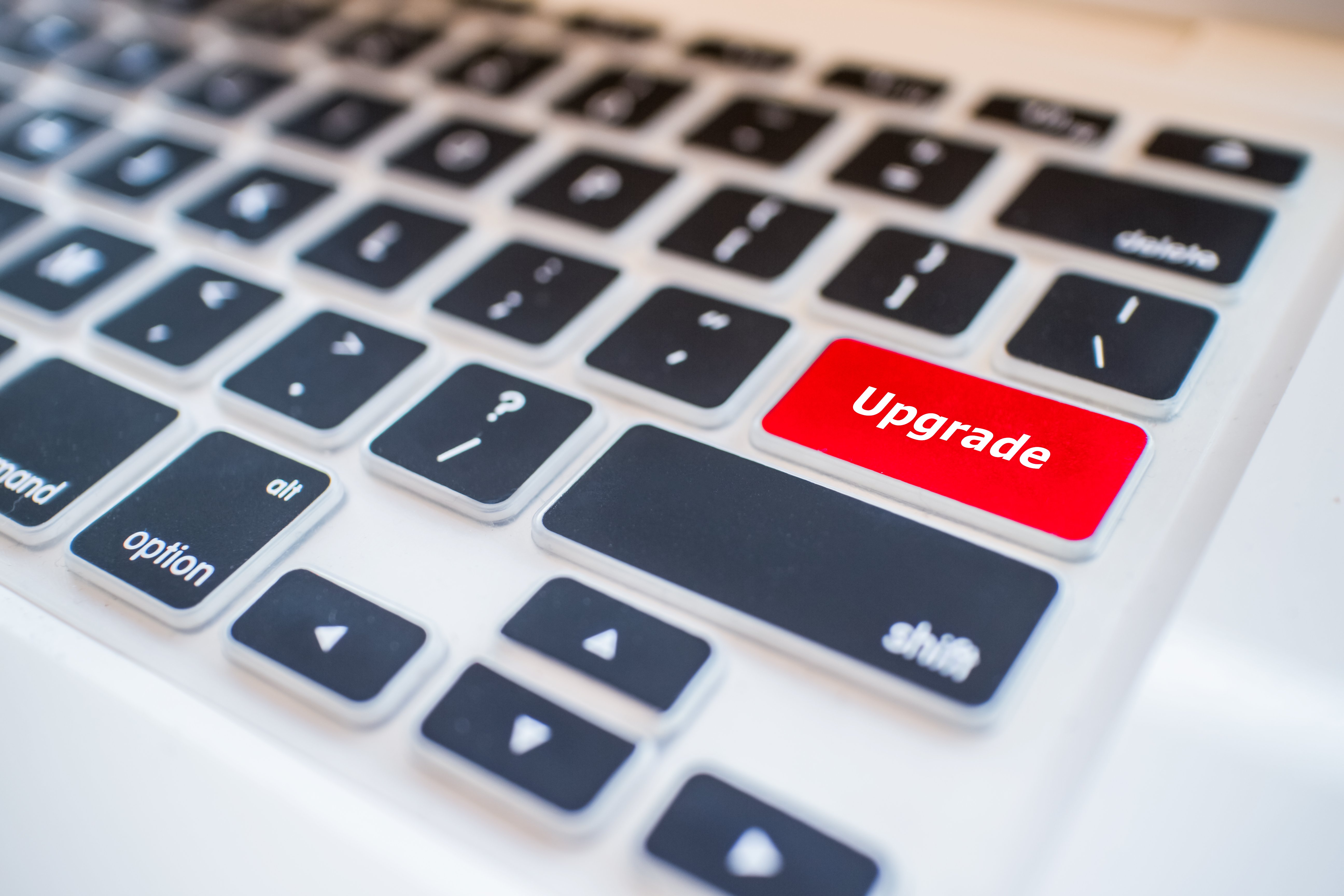The 4 Biggest Concerns About OS Migration
With the release of Microsoft Windows 10 and all its various branches, you’re likely considering what place the new operating system will have in your organization, and how it will be deployed. Many organizations struggle with implementing a new OS, but that doesn’t have to be the case.
Ivanti has developed proven solutions for some of the biggest concerns considering OS migration.
Free eBook: Discover the dirty little details about Windows 10
1. Productivity
A significant fear of CIOs across the globe is phones ringing off the hook and business disruptions the morning after the migration, either because the migration was unsuccessful or the users no longer have the applications they need to perform their job functions. Disruptions simply cannot happen. Not only does the operating system need to be properly installed, the applications that are key to productivity must be installed and functional.
Even if the OS and applications are working properly, end users can become frustrated and unproductive if the environment isn’t properly customized. By capturing the user’s profile settings before the upgrade, you can ensure that the environment will be familiar and functional. For example, the user’s local printer must have the correct drivers installed and configured. If not, the user will have to do it or create a help desk ticket.
2. Manpower
Whether you still have a few Windows XP devices in use or you’re in a pure Windows 8 environment, there’s a certain amount of labor involved in upgrading operating systems. Such labor can be performed by your internal IT staff, outsourced to a third party, or shared with the end users themselves. There are a variety of successful models depending on your organization.
The Ivanti solution lets you leverage all of these labor models, including the use of end users. Productivity workers have never been more technology savvy, and they are increasingly being empowered to make decisions and act upon them. End users can be allowed to schedule their device upgrades for a time that accommodates their work schedule. They can also be given options on restoring their data.
3. Data preservation
In organizations with a large number of legacy operating systems, data backup is essential. For instance, Windows XP can’t be upgraded directly. It requires a clean installation. As a result, you must back up the end user’s data, install the OS, and restore the data when finished.
4. Security
There are many aspects of OS migration that impact security. It isn’t uncommon for end users to be told to back up their data on external devices before migration and then restore it afterwards. Whether you have financial data, healthcare patient data, or intellectual property on local drives, leveraging external devices is fraught with danger. There are better alternatives to backing up to local devices manually.
Once a device is upgraded, it must be secured with the latest OS and application packages before it’s ready for use. A unique advantage of the Ivanti solution is that it accommodates encrypted devices and shared devices such as kiosks. Not only can we migrate data without leaving it vulnerable, we can also migrate data stored on devices by multiple users.
Security should not be taken lightly, and OS upgrades shouldn’t represent a security risk.

